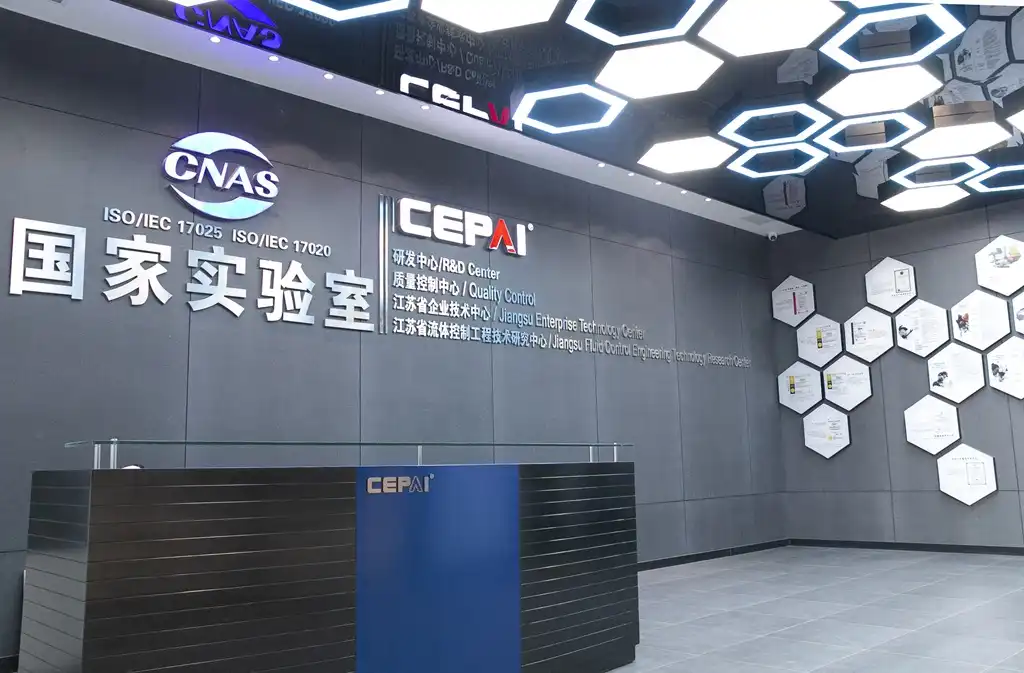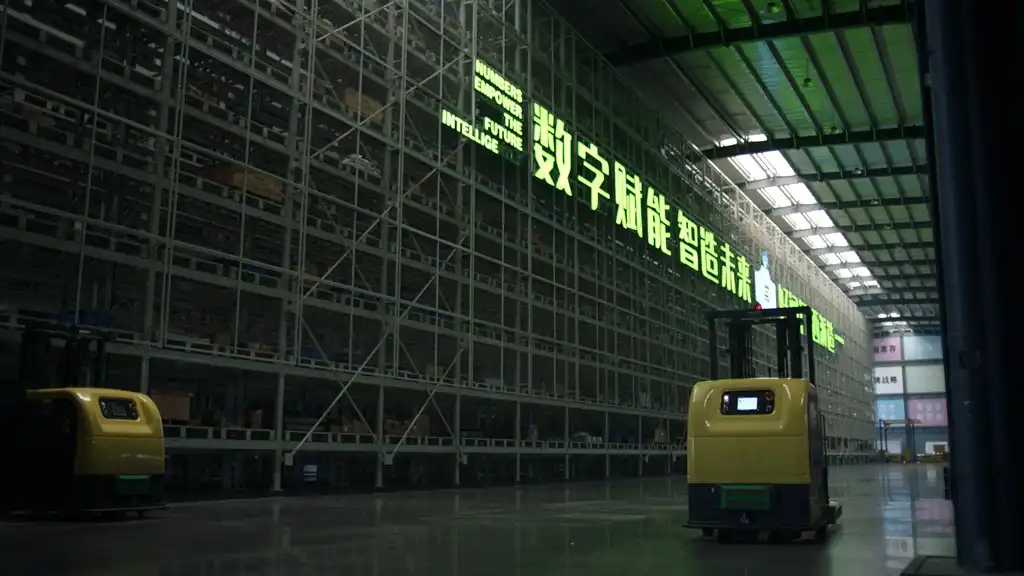Understanding PED and Its Impact on Valve Manufacturers
The Basics of PED 2014/68/EU
The Pressure Equipment Directive (PED) 2014/68/EU is a comprehensive regulatory framework established by the European Union to ensure the safety of pressure equipment, including valves, that operate above 0.5 bar pressure. This directive applies to the design, manufacture, and conformity assessment of a wide range of pressure equipment and assemblies.
For valve manufacturers, understanding the PED is paramount. The directive categorizes equipment based on the level of hazard, with Category I representing the lowest risk and Category IV the highest. Valves, depending on their size, pressure rating, and intended use, can fall into different categories, each with its own set of compliance requirements.
The PED outlines essential safety requirements that cover various aspects of the product design and production. These include material selection, manufacturing processes, and safety features. Manufacturers must demonstrate that their products meet these requirements through technical documentation and appropriate conformity assessment procedures.
Scope and Application to Valve Types
The PED's scope encompasses a diverse range of valve types used in pressure systems. This includes but is not limited to gate valves, globe valves, check valves, ball valves, and butterfly valves. Each type of the product may have unique considerations under the PED, depending on its specific function and operating parameters.
For instance, safety valves designed to protect equipment from overpressure are particularly scrutinized under the PED. These products must undergo rigorous testing and certification to ensure they perform reliably in critical situations. Similarly, control valves that regulate flow in high-pressure systems must meet stringent design and manufacturing standards to prevent failures that could lead to hazardous situations.
It's important to note that not all productes fall under the PED's jurisdiction. Valves with a small nominal size (DN) and low pressure rating may be exempt or subject to less stringent requirements. However, manufacturers should always carefully assess their products against the directive's criteria to determine the applicable compliance pathway.
Key Compliance Steps for Valve Manufacturers
Achieving PED compliance involves several critical steps for valve manufacturers. First, they must determine the appropriate category for their product based on its specifications and intended use. This categorization dictates the level of scrutiny and the conformity assessment procedures required.
Next, manufacturers need to compile comprehensive technical documentation. This includes detailed design drawings, material specifications, risk assessments, and test reports. The documentation must demonstrate how the product meets the essential safety requirements outlined in the PED.
Depending on the valve's category, manufacturers may need to involve a Notified Body – an independent organization authorized to assess conformity. For higher-risk categories, the Notified Body's involvement is mandatory and may include design examination, type approval, and production quality assurance.
Finally, once compliance is established, manufacturers must affix the CE marking to their products, accompanied by the identification number of the Notified Body (if involved). This marking signifies that the product meets all applicable EU requirements and can be freely marketed within the European Economic Area.
Technical Requirements and Design Considerations for PED-Compliant Valves
Material Selection and Compatibility
Selecting appropriate materials is a cornerstone of designing PED-compliant valves. The directive mandates that materials used in pressure equipment must be suitable for the intended application throughout the equipment's planned lifetime. This requirement extends to all components of the product that are exposed to pressure.
Manufacturers must consider factors such as the fluid compatibility, operating temperature range, and pressure conditions when choosing materials. For instance, products intended for use with corrosive fluids may require special alloys or coatings to ensure longevity and safety. Similarly, the products designed for high-temperature applications must use materials that maintain their mechanical properties under extreme conditions.
The PED also requires that materials have sufficient ductility and toughness to prevent brittle fracture under the expected operating conditions. This is particularly crucial for products that may be subject to rapid pressure changes or thermal cycling. Manufacturers must provide material certificates that demonstrate compliance with the relevant European harmonized standards or undergo special appraisal if using non-standard materials.
Structural Integrity and Pressure Containment
Ensuring the structural integrity of valves is paramount under the PED. Manufacturers must design valves to withstand the maximum allowable pressure (PS) and temperature (TS) without failure. This involves detailed stress analysis and the application of appropriate safety factors.
The directive requires that products be designed with sufficient wall thickness to resist internal and external pressures. This includes accounting for corrosion allowances and any additional stresses from external loads, such as piping forces or seismic events. Finite element analysis (FEA) is often employed to validate the design and identify potential stress concentrations.
Pressure testing is a critical aspect of demonstrating structural integrity. The PED specifies hydrostatic test pressures that the products must withstand without permanent deformation or leakage. For certain product types or applications, additional tests such as seat leakage tests or cycle endurance tests may be necessary to prove long-term reliability.
Safety Features and Fail-Safe Design
PED-compliant valves must incorporate appropriate safety features to mitigate risks associated with pressure equipment. This includes designing products with inherent safety characteristics and fail-safe mechanisms where applicable.
For control valves, this might involve implementing a fail-safe position that ensures the product moves to a predetermined safe state in the event of power or signal loss. Safety relief products must be designed to open reliably at the set pressure and reclose once normal operating conditions are restored.
Manufacturers must also consider human factors in the product design. This includes ergonomic considerations for manual products to prevent operator injury and clear markings or indicators to show valve position and direction of flow. For automated products, safety interlocks and emergency shutdown capabilities may be required to comply with the PED's risk reduction principles.
Certification Process and Documentation Requirements for PED Compliance
Conformity Assessment Procedures
The conformity assessment procedure is a critical step in achieving PED compliance for products. The specific procedure required depends on the product's category, as determined by its size, pressure rating, and potential hazards. For lower-risk Category I valves, manufacturers can often self-certify through internal production control. However, for higher-risk categories, involvement of a Notified Body becomes mandatory.
For Category II valves and above, manufacturers typically need to implement a quality assurance system that meets the requirements of Module D, E, or H of the PED. This system ensures consistent production quality and may involve regular audits by the Notified Body. Additionally, for Category III and IV valves, design examination and type approval by the Notified Body are usually required.
The conformity assessment also includes a final inspection of each valve or batch of valves. This inspection verifies that the product meets all relevant requirements of the PED and matches the approved design. For safety accessories like pressure relief products, additional functional tests are typically necessary to demonstrate reliable performance under various operating conditions.

Technical File Preparation and Maintenance
Preparing and maintaining a comprehensive technical file is essential for PED compliance. This file serves as a complete record of the valve's design, manufacturing, and testing processes. It must be sufficiently detailed to enable assessment of the product's conformity with the directive's requirements.
Key components of the technical file include detailed design drawings, material specifications, risk assessments, and calculation notes. The file should also contain test reports, including results from pressure tests, functional tests, and any other relevant performance evaluations. For valves containing welded components, welding procedure specifications and welder qualification records are crucial inclusions.
Manufacturers must keep the technical file up-to-date throughout the valve's production lifecycle. Any design changes or modifications must be documented and, if significant, may require reassessment for PED compliance. The technical file must be available for inspection by relevant authorities for at least 10 years after the last product of that type has been manufactured.
CE Marking and Declaration of Conformity
The culmination of the PED compliance process is the affixing of the CE marking to the product and the issuance of the Declaration of Conformity. The CE marking signifies that the product meets all applicable EU directives, not just the PED. It must be visible, legible, and permanently affixed to the product or its data plate.
For valves requiring Notified Body involvement, the CE marking must be accompanied by the identification number of the Notified Body. This provides traceability and confirms that the necessary third-party oversight has been conducted.
The Declaration of Conformity is a legally binding document that the manufacturer or their authorized representative must draw up. It declares that the product complies with all relevant EU legislation. This document must include specific information such as the manufacturer's details, a description of the product, the conformity assessment procedure followed, and references to the harmonized standards applied.
Manufacturers must be prepared to provide the Declaration of Conformity to customers or authorities upon request. It serves as a formal attestation of the product's compliance and is a crucial document for market surveillance and customs clearance when exporting to the EU market.
Conclusion
PED compliance is a complex but essential process for valve manufacturers targeting the European market. It ensures product safety, builds customer trust, and enables legal market access. By understanding the directive's requirements, implementing robust design and manufacturing processes, and maintaining comprehensive documentation, manufacturers can successfully navigate the PED compliance landscape. This not only meets regulatory obligations but also enhances product quality and competitiveness in the global valve industry. As regulations evolve, staying informed and adaptable remains crucial for long-term success in the European pressure equipment market.
Contact Us
For expert guidance on PED compliance and high-quality valve solutions that meet European standards, turn to CEPAI Group. Our team of specialists can help you navigate the complexities of PED regulations and provide innovative valve designs tailored to your specific needs. Experience the benefits of working with a leader in oil and gas equipment manufacturing. Contact us today at cepai@cepai.com to learn how we can support your compliance journey and enhance your product offerings in the European market.


_1746598525968.webp)



